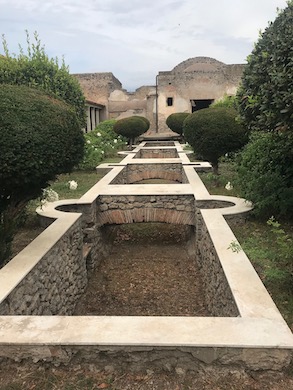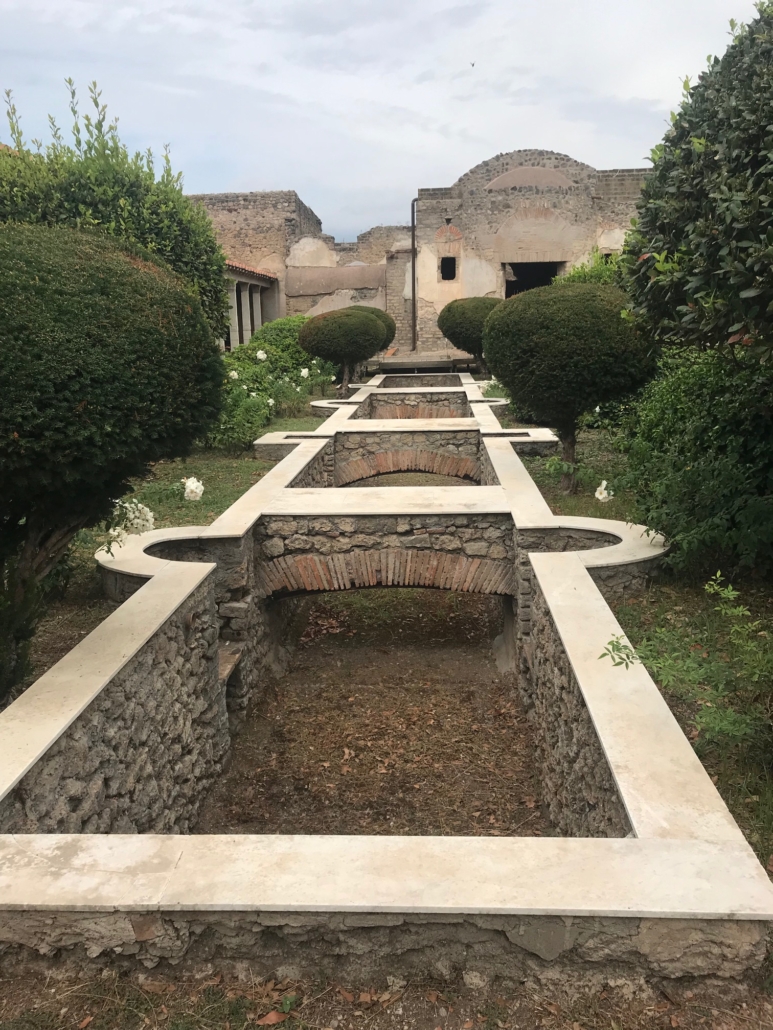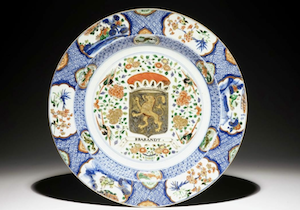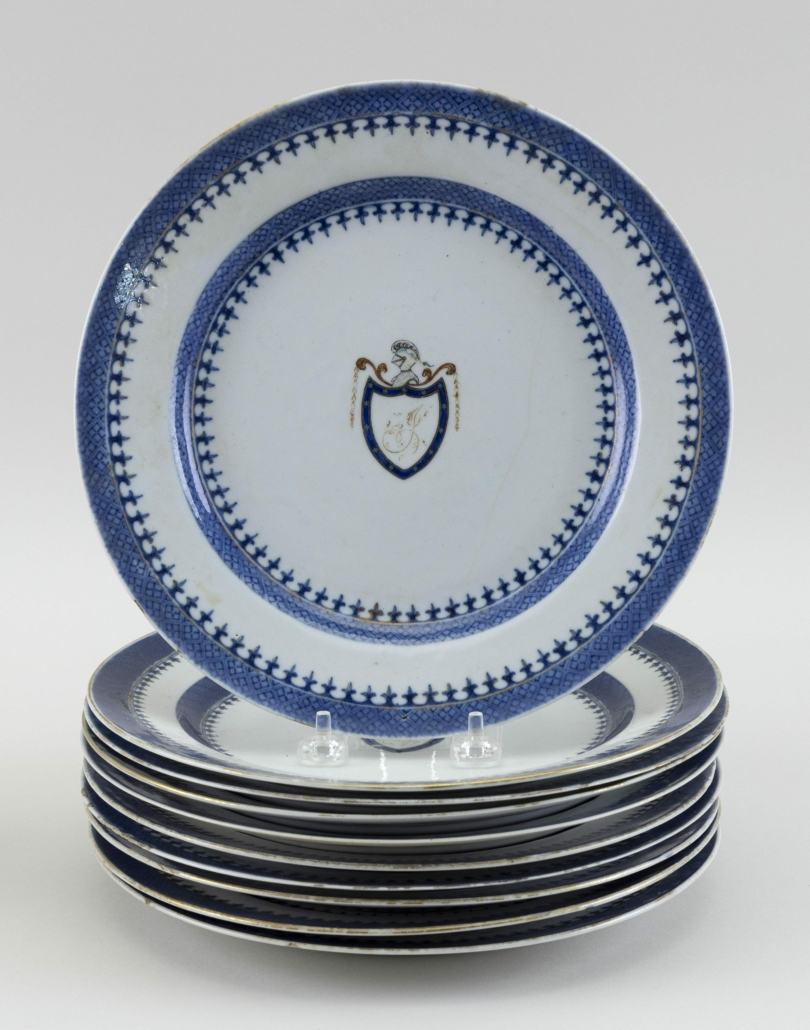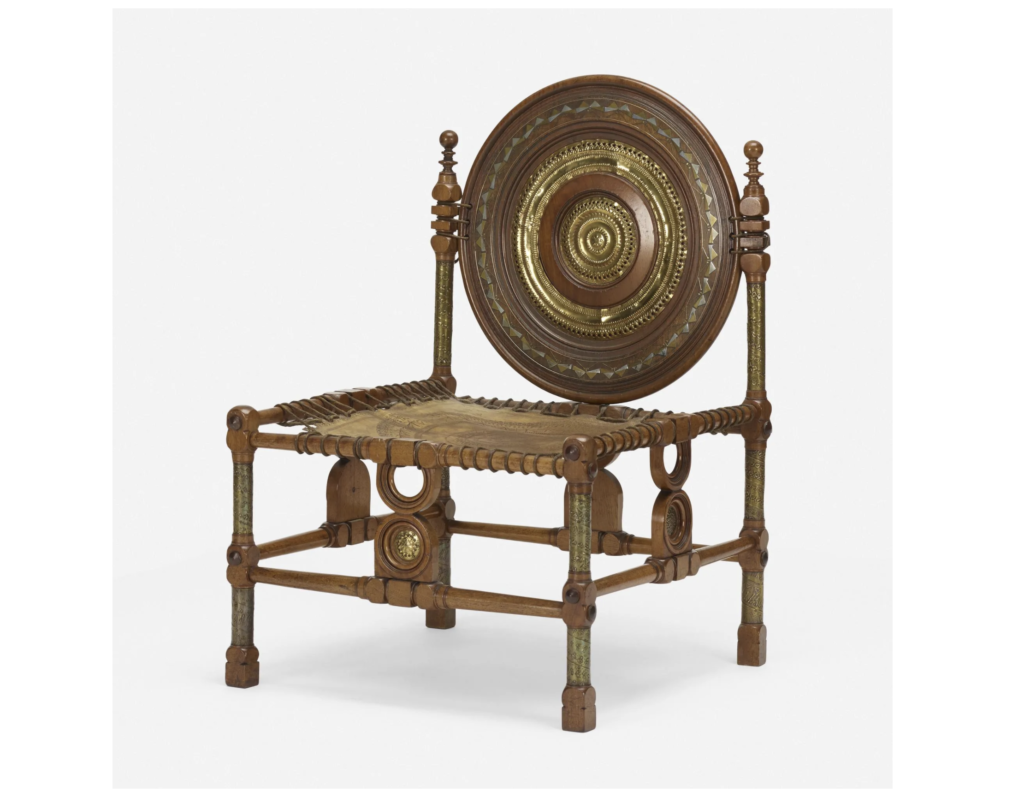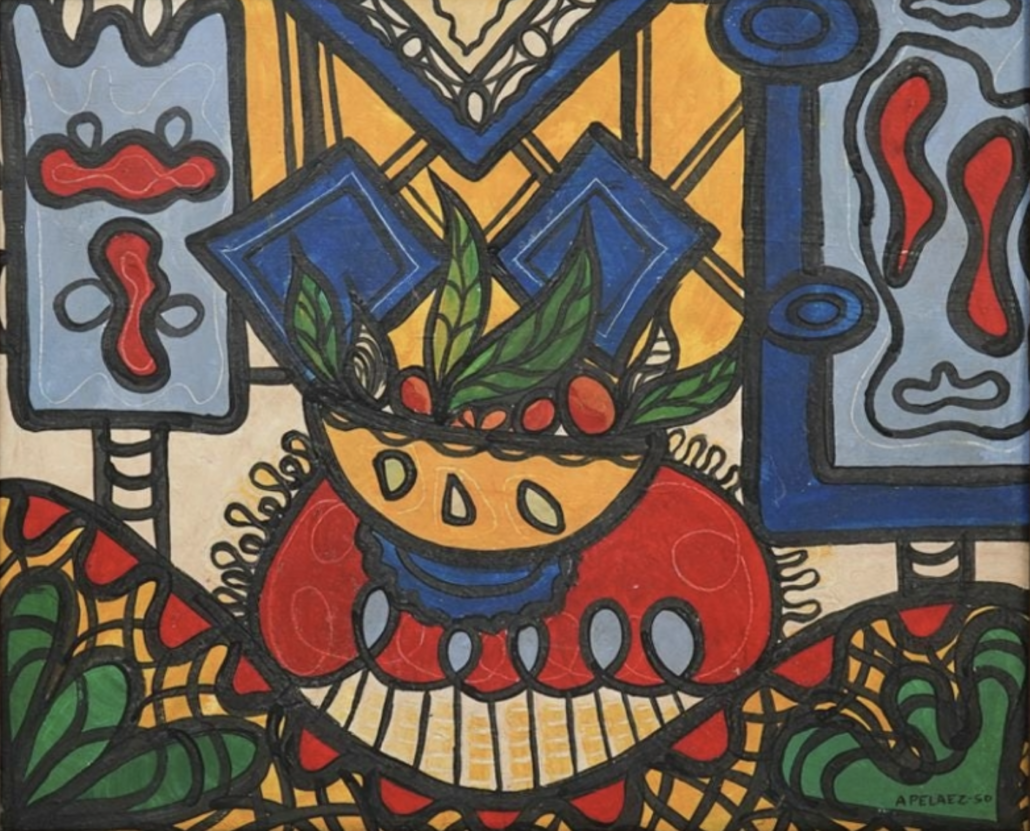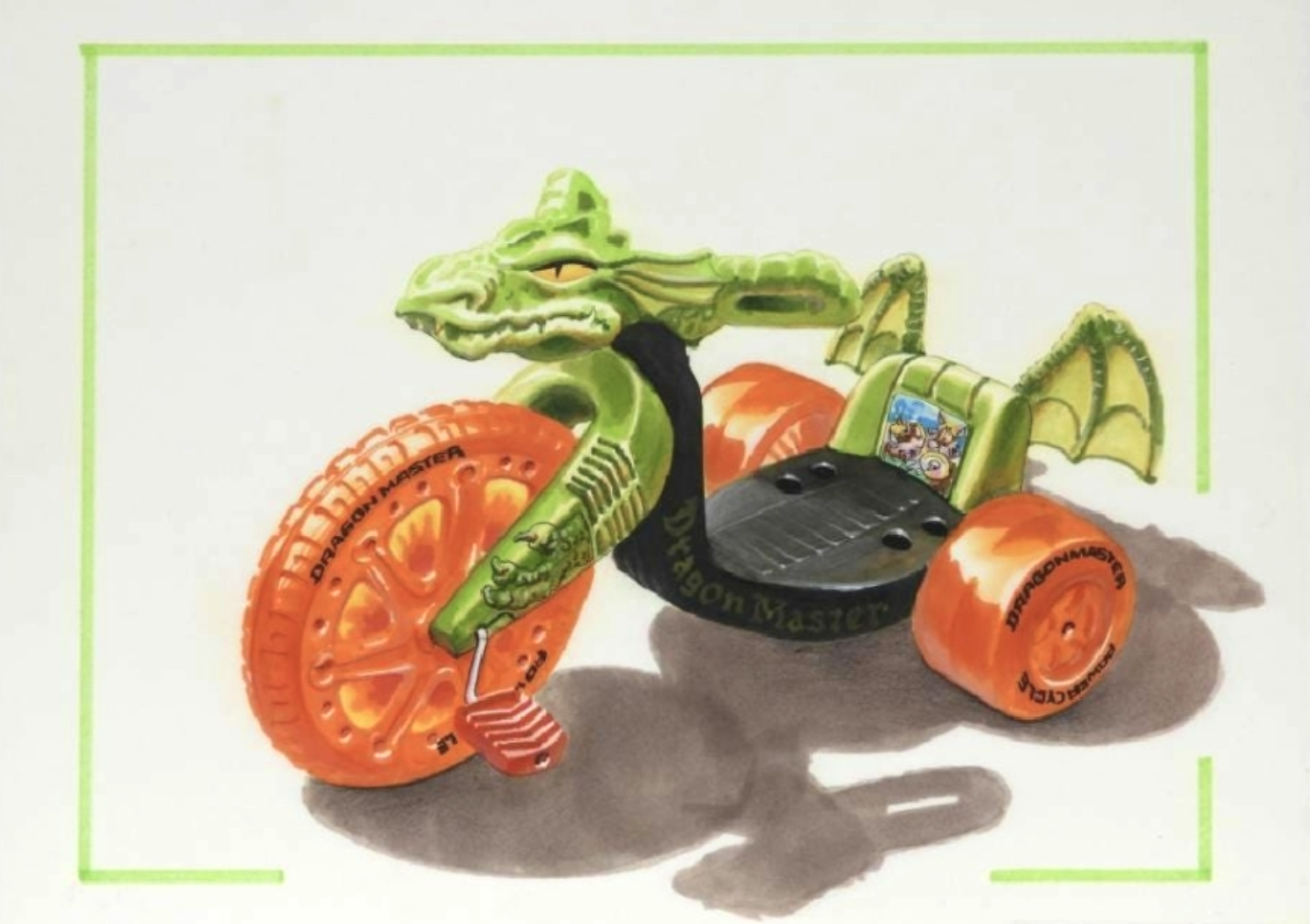
MT. CRAWFORD, Va. – Jeff Evans, president and senior auctioneer of Jeffrey S. Evans & Associates, is passionate about researching the decorative arts and material culture of the Shenandoah Valley of Virginia and also 19th-century American glass. Starting at the age of 11 in his family’s auction business, he gained an appreciation for interesting and well-made objects as well as their origin stories. He gained control of that business before graduating high school and now eagerly shares his knowledge through lectures as well as several books he has written or co-written.



